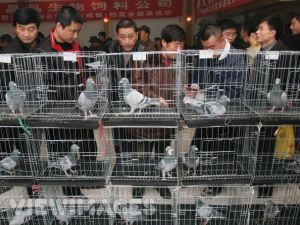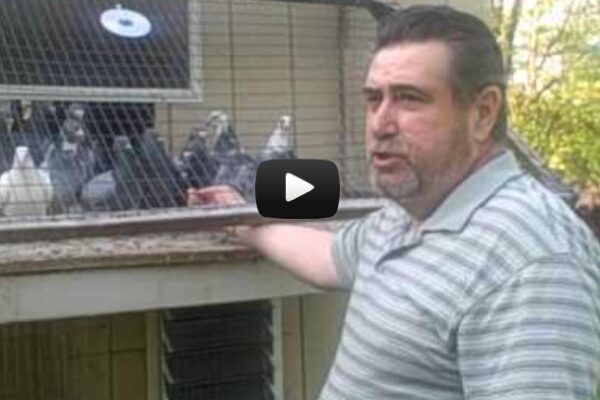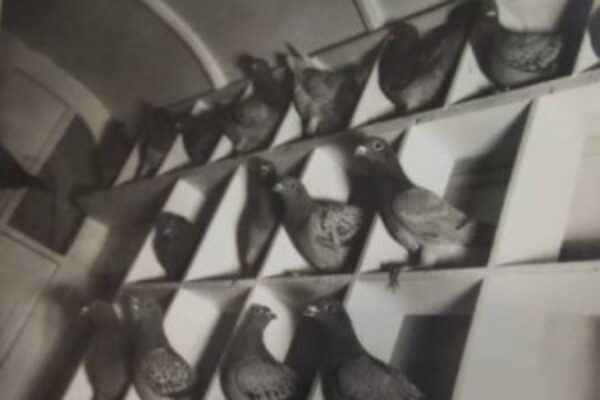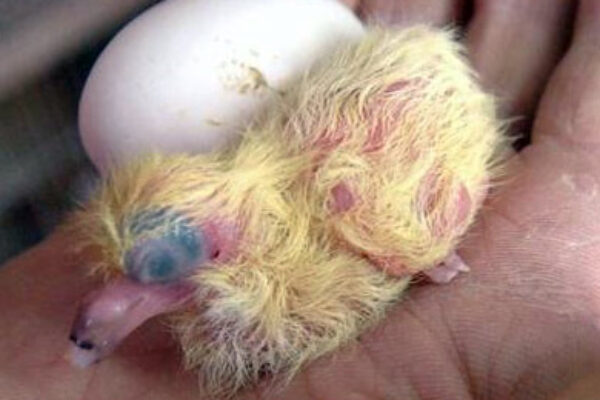Guide to Buying Racing Pigeons – Part 1 of 6
In this six-part guide to buying racing pigeons we will cover four approaches to replacing or increasing and improving your racing stock. The first approach we will discuss is buying in volume. Buying in volume is the least expensive way to buy racing pigeons. Some fanciers buy a large number of late-hatch babies, while others prefer to purchase the pigeon eggs from a breeder.
Selecting the Right Breeder
Before you purchase any eggs or hatchlings, you need to evaluate the breeder. Study the breeder’s loft from some time before you make the decision to buy. Some criteria you need to evaluate:
- Breeder’s overall reputation
- Outcome other fanciers have had with this breeder’s birds
- Examine race and futurity records of the breeder’s birds for:
- Success of the loft within its own competition
- Racing success of the breeder’s birds sold to other fanciers
Continue to gather information. Talk with the breeder/fancier. Inquire as to his most successful pairs of breeders thus far. This is important to know. In lofts the size of 40 to 50 breeding pairs, the breeder should have at least eight or ten outstanding pairs that produce a higher percentage of offspring than the others.
When you have identified the top pairs in the loft, and you are satisfied with this particular breeder, make arrangements to purchase their young. Many fanciers will allow you to come and choose the young while still in the nest, so be certain to copy their band numbers for future verification.
Dealing with New Breeders
You may not want to limit yourself to established breeders when buying racing pigeons. If you find an excellent young pair of breeders, particularly a pair that has produced two or three great racers, you may want to purchase the babies. Quite often they produce a higher quality bird.
European Breeders
You may have the opportunity to travel to Europe to purchase racing pigeons. Prior to your travel, thoroughly research the breeders you are considering. The top lofts in Europe will most likely not sell you their best breeders or best racers, but they should be willing to sell their young. Be sure to buy from pairs with the high percentage of success to improve the odds that you will get good birds.
Middle-Distance Racing Pigeons
Personally, I like to purchase middle-distance racers. These birds have the ability to fly 300 to 400-mile races as young birds. I find these races to be the most lucrative. So, it certainly benefits me to find birds that can do that. This is something you may want to consider.
Disadvantages of Buying Young Birds
Of course, the obvious disadvantage with buying young racing pigeons is the unpredictability. There is no guarantee in how they may turn out. On average, fewer than 20% of all racing pigeons turn out to be suitable racers. So, keep in mind, out of ten birds you purchase, only two may be ‘keepers’. But, if you are dealing with reputable fanciers, you can buy about ten young birds for the price that one proven racer will cost you. That’s where the value lies.
Potential Advantage of Buying Young Birds
Though, overall, you have to buy many more ‘unproven’ birds to get suitable racers, you may strike gold with finding real gem among your purchased birds. If this ‘gem’ was in the hands of the original owner, you wouldn’t be able to buy it of any sum of money.











Thank You for the help (information) I am just getting started after retirement have so much to learn
Chris,
Great article.
From my studies I’ve learned to invest my money in hens from great racing or breading cocks. If I’m buying birds from different flyers? I’ll do my research and see if the two family’s of birds are related in some way. This method works well down the road when you start mixing the familys. You will find that the oldball youngsters don’t come around to often. All the youngsters pretty much respond to the same training techniques since they are related in one way or another also.
Looking forward to the next article.
Russ Walker
HNR Racing
Nice article learned a lot.very helpful to someone like me who is a beginner in racing
Hi Chris, I raised Birmingham rollers in Iowa for 40 years on a 300 acre farm. I recently moved to California and only have 1 acre to fly over. Not wanting to have the occasional bird roll down in my neighbors yard , I have decided to fly racing homers. So all the info you offer is very much appreciated. Knowledge is the road to success. I look forward to your articles.
Great Bob!, glad to see your finding the Pigeon Insider valuable to you and that it’s helping you!
Chris
You sure have a lot of good information
Keep up the good work, I keep the files for later reference.
Glad your enjoying them Larry! and thanks for posting.
Nice article enjoyable
Thanks good info and most helpfull .
Good for
Thank you
Thank
nice article and helpfull,
thank you